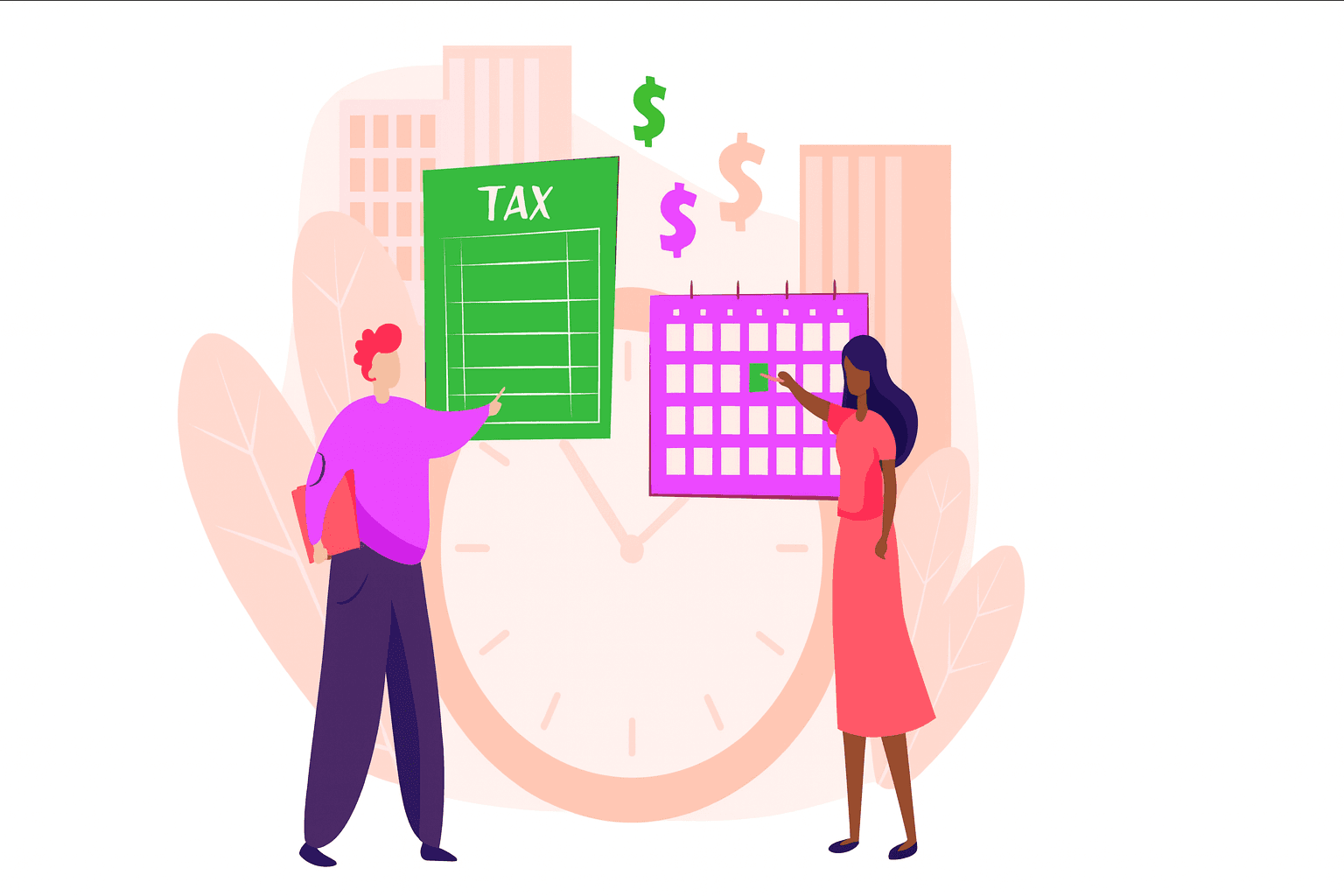How to Create a Business Budget That Actually Works (Small Business Guide)
Every business, no matter how big or small, runs on numbers. Income, expenses, profits, and cash flow decide whether a company survives or struggles. Yet many businesses fail not because they lack good products or customers, but because they don’t have control over their money. The root cause is usually the same: a budget that doesn’t work.
A budget is more than a list of expenses. It is a financial plan that connects business goals with accounting numbers. When designed properly, a budget becomes a roadmap—it shows where the money is going, what should be prioritized, and how the business can prepare for challenges ahead. Unfortunately, many businesses create budgets that look good on paper but fail in practice.
So, how do you build a budget that actually works? Let’s explore the purpose of budgeting in accounting, common mistakes businesses make, and a step-by-step guide to creating a practical, effective budget.
Why Budgeting Is Essential in Businesses
Keeps Finances Under Control – Without a budget, expenses can easily exceed revenues. A proper budget helps businesses operate within limits.
Aligns with Business Goals – If your goal is expansion, the budget ensures funds are directed toward marketing, hiring, or other things.
Improves Cash Flow Management – A working budget forecasts inflows and outflows, helping avoid liquidity problems.
Measures Performance – Budgets allow comparison between planned and actual results, identifying strengths and weaknesses.
Without a budget, businesses risk running into financial surprises, debt problems, or missed growth opportunities.
Steps to Create a Budget That Works
Step 1: Start with Clear Goals
Every budget should begin with your objectives. Ask yourself: What do I want my business to achieve this year?
For example, your goals might include:
Growing revenue by a specific percentage.
Reducing debt and improving cash reserves.
Launching a new product or service.
Building an emergency fund for unexpected challenges.
Your budget should not just focus on numbers—it should reflect your overall business strategy. When your goals are clear, your budget becomes a tool to help you reach them.
Step 2: Understand Your Income and Expenses
A realistic budget relies on accurate financial information. Start by reviewing your income and expenses from the past 6–12 months. By analyzing past performance, you can avoid repeating mistakes and forecast more accurately.
Income: Sales, services, subscriptions, or any other revenue streams.
Fixed expenses: Rent, payroll, utilities, software, insurance—costs that stay the same each month.
Variable expenses: Marketing, raw materials, shipping, travel, and other costs that can change.
Unexpected costs: Repairs, refunds, or one-time professional fees.
Using bookkeeping or accounting software such as QuickBooks or Xero makes this process much easier and keeps your records accurate.
Step 3: Create a Practical Spending Plan
Now that you know your numbers, the next step is to decide how you will allocate your money. A strong spending plan usually includes:
Essential costs first: Always prioritize payroll, rent, and utilities—these keep your business running.
Funds for growth: Set aside money for marketing, employee training, or technology upgrades that can increase revenue.
Emergency savings: Keep a small percentage of income (even 5–10%) aside for unexpected challenges.
Flexibility: Allow room for adjustments so your budget can handle real-life changes.
Step 4: Manage Cash Flow Carefully
Many profitable businesses still face financial struggles because of poor cash flow. For example, your sales may look strong on paper, but if customers pay late while bills are due now, it creates serious pressure.
Your budget should focus on the timing of money going in and out. Consider:
Offering discounts for early client payments.
Negotiating better payment terms with suppliers.
Planning for seasonal income and expense patterns.
By managing cash flow within your budget, you’ll always know whether you have enough to cover expenses and invest in growth.
Step 5: Review and Adjust Regularly
A budget is not something you create once and forget. Business conditions change—new opportunities, market trends, or unexpected expenses will always come up.
Set a routine (monthly or quarterly) to review your budget. Compare actual numbers with planned ones and ask:
Where did I overspend?
Which areas performed better than expected?
Do I need to reallocate funds to meet changing needs?
Regular reviews keep your budget relevant and effective.
Step 6: Connect Budget with Long-Term Strategy
Finally, remember that a budget should not just focus on short-term survival—it should align with your long-term vision. For example:
If you want to expand in 3 years, allocate savings for investment.
If you plan to hire more employees, forecast salary and their costs.
If you want to reduce debt, prioritize repayment in your budget.
When your budget supports your future plans, it becomes a tool for growth, not just expense control.
Common Budgeting Mistakes to Avoid
Many businesses fail at budgeting because of these common errors:
Overestimating revenue – Leads to overspending.
Ignoring cash flow – Causes liquidity issues.
Not including contingency funds – Leaves no room for emergencies.
Treating the budget as rigid – Prevents adjustments when conditions change.
Lack of follow-up – A budget only works if monitored consistently.
Avoiding these mistakes can save your business from financial stress.
Why a Working Budget Matters
A well-planned budget does more than keep your expenses in check—it gives you confidence and control. When you know exactly where your money is going, you can:
Make smarter financial decisions.
Invest in opportunities without hesitation.
Build long-term stability for your company.
For small business owners, this sense of clarity and security is invaluable. A good budget isn’t about restrictions—it’s about giving your business the financial foundation to grow.
Frequently Asked Questions About Business Budgeting
Q1: How often should I update my business budget?
A budget should never be static. Most small businesses benefit from reviewing it monthly to track cash flow and expenses, and doing a deeper quarterly review to align with financial goals. Annual revisions are important too, especially if your business plans change significantly.
Q2: What is the most common mistake businesses make with budgeting?
The biggest mistake is overestimating revenue and underestimating expenses. This creates a false sense of security and leads to overspending. Another common mistake is ignoring cash flow timing, which can cause liquidity issues even if your business is profitable on paper.
Q3: How can small businesses stick to their budget?
The best way is to treat your budget as a living document. Use bookkeeping or accounting software to track actual vs. planned spending, set reminders for reviews, and build in flexibility for unexpected costs. Keeping an emergency fund also helps you stay on track when surprises occur.
Q4: Why is budgeting important for small businesses specifically?
Small businesses often operate with tighter margins, so every expense matters. A working budget gives owners clarity and control, reduces the risk of cash shortages, and ensures funds are available for growth opportunities like hiring, marketing, or launching new services.
A good budget isn’t about restrictions—it’s about giving your business the financial foundation to grow. At FinOpSys, we help small business owners build smarter budgets and stronger bookkeeping systems so they can focus on growth with confidence.
Share blog:










